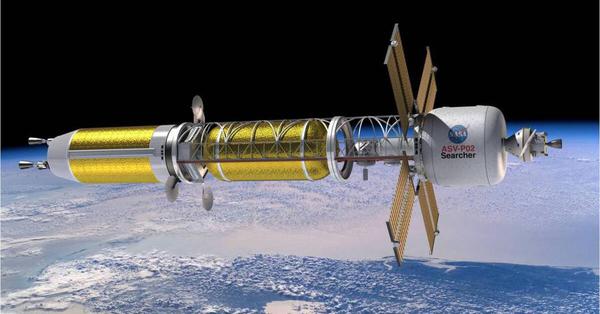
In the search for life in the universe, it's time to get nuclear
The agency’s administrator announced a partnership with DARPA for a demonstration by 2027. Simply put, nuclear-powered rockets use less mass than traditional liquid-fueled rockets. That means they can take missions farther and faster into our solar system -- including humans to Mars.
But it's beyond Mars where Florida Tech’s Manasvi Lingam envisions nuclear powered missions going. He’s an astrobiologist and says this technology might help us find signs of life well beyond our solar system -- an
But it's beyond Mars where Florida Tech’s Manasvi Lingam envisions nuclear powered missions going. He’s an astrobiologist and says this technology might help us find signs of life well beyond our solar system -- an






















